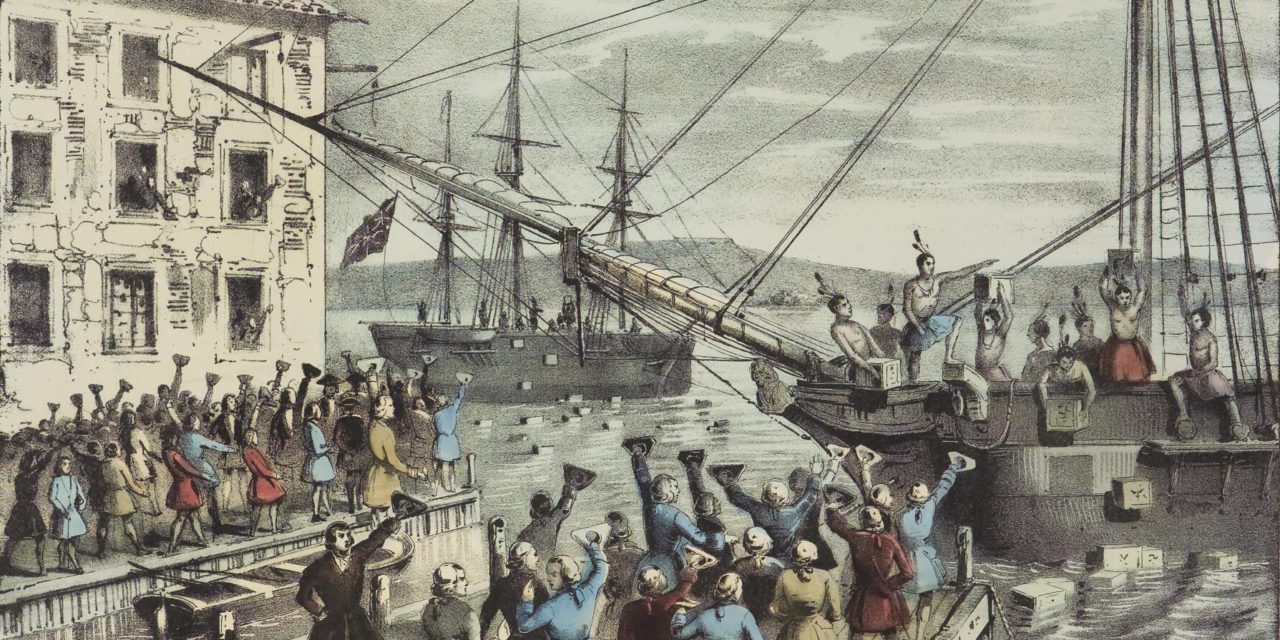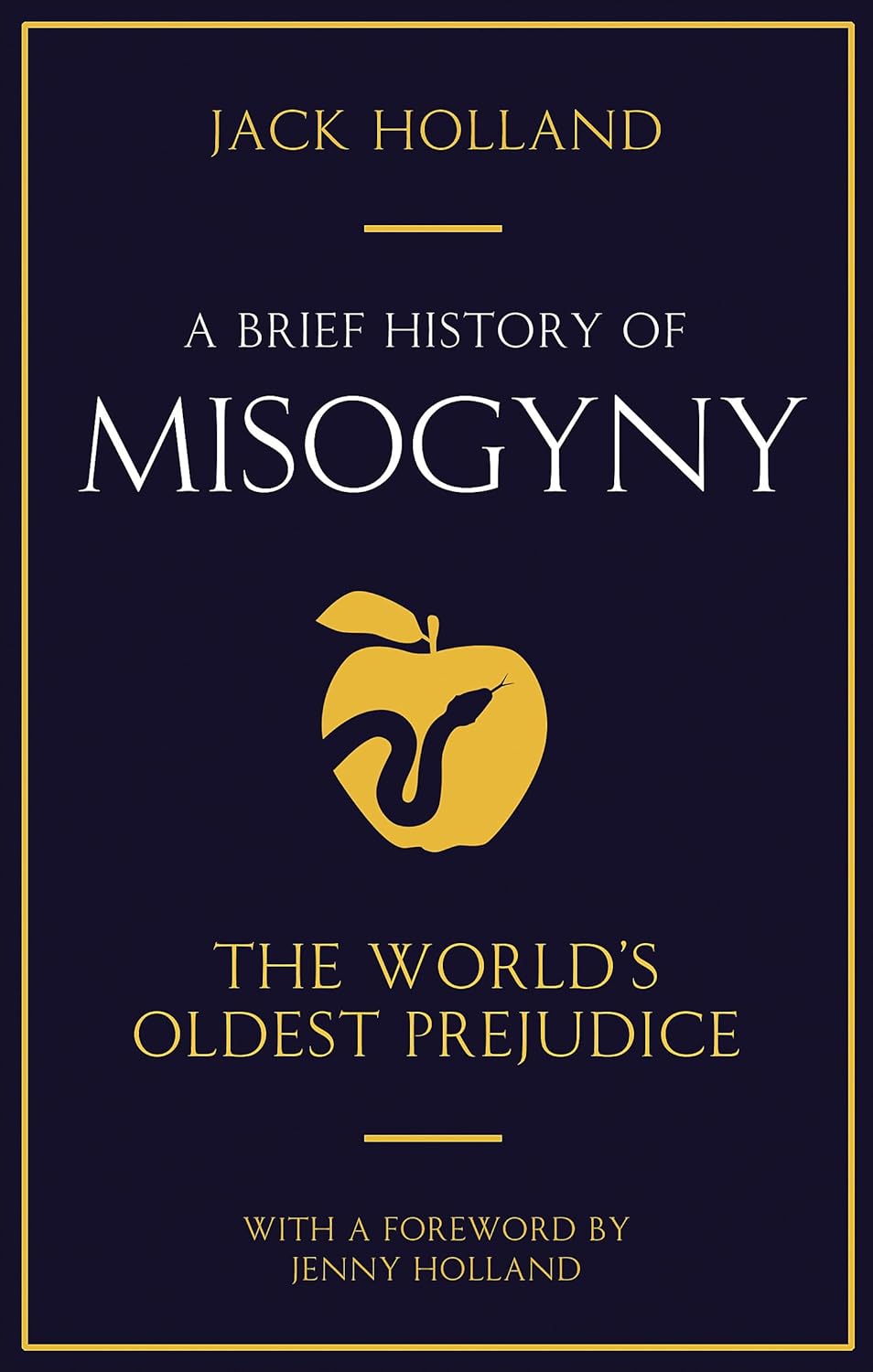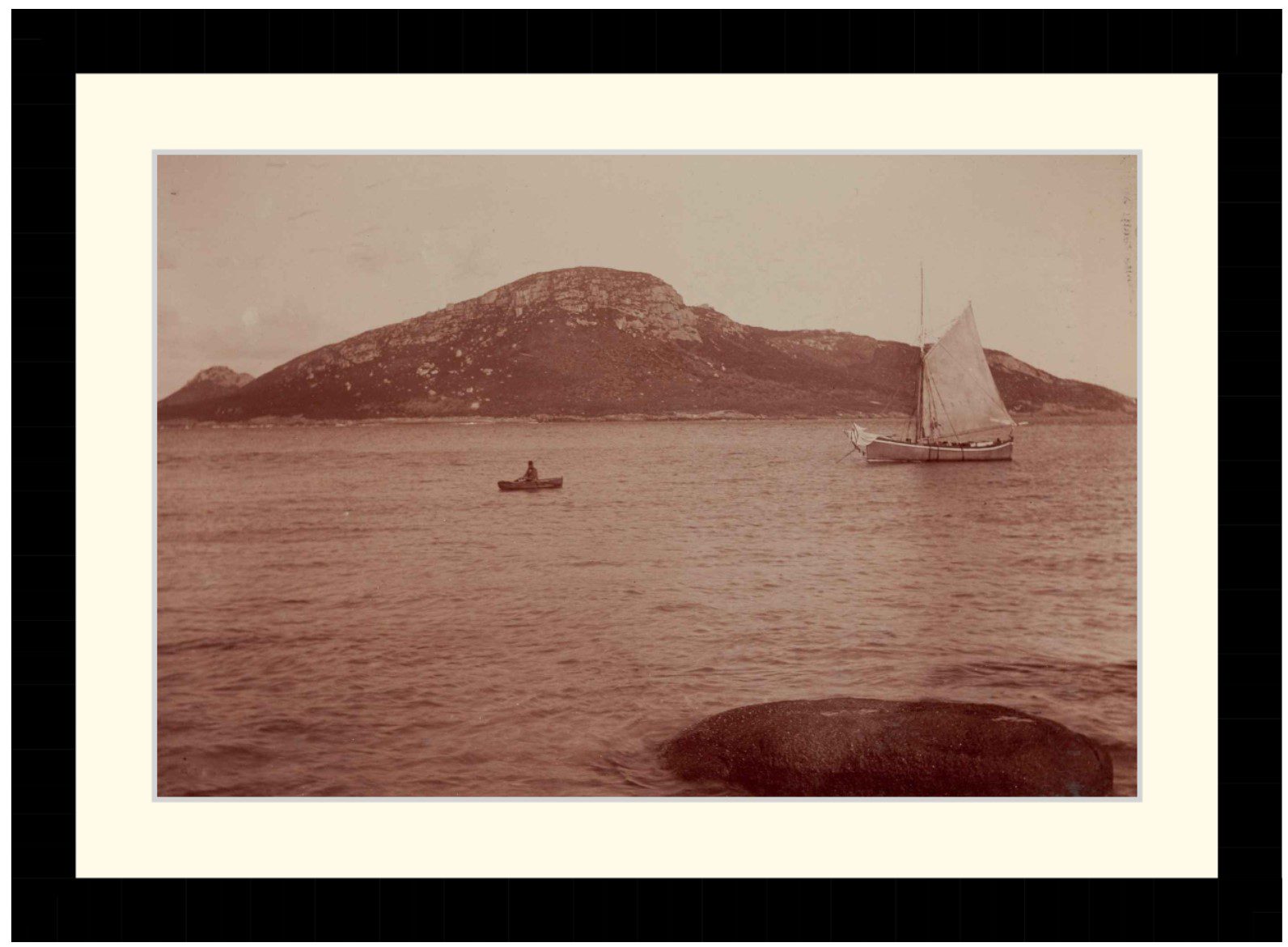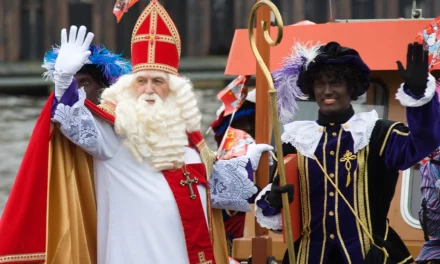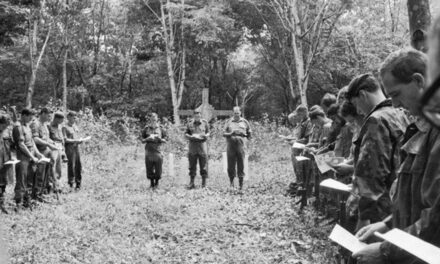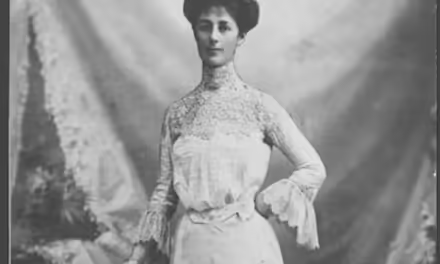Reading time: 6 minutes
This is the second part of a two-blog series exploring treason against the state, as used during the civil wars of the 1640s and again in the American Revolutionary War of the 1770s and 80s. Previously, treason laws had always protected the life and authority of the monarch. Now, they were used by those that levied war against the monarch to reject royal authority and accuse their kings of levying war – of committing treason – against the state.
In our first blog, the execution of Charles I was framed in the context of his crimes against the state for ‘levying war against the said Parliament and People’. In this final part, we’ll examine how and why America declared independence from Great Britain, and where treason fits into this story.
Treason doth never prosper; what’s the reason?
For if it prosper, none dare call it Treason.John Harington (1561–1612)
Treason on both sides?
The execution of Charles I for treason against his people in January 1649 created the historic precedent that monarchs could be held accountable for their (alleged) crimes. In the 1770s, this theory that kings could commit – and be punished for – treasonable actions was tested once again.
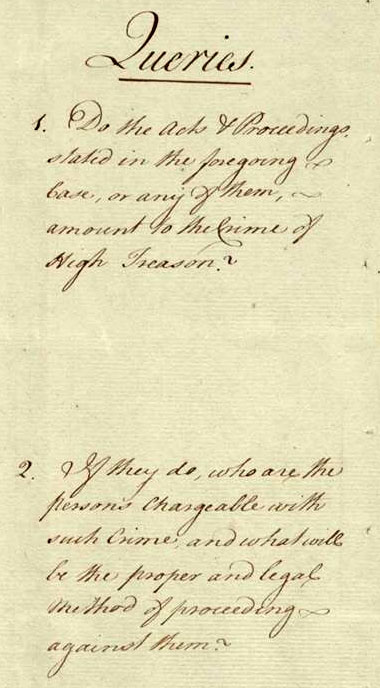
This time, it was King George III accused of levying war against his subjects in the British colonies in North America. The people of these American colonies had become increasingly frustrated throughout the 1760s and 1770s by the British Parliament trying to levy taxes against them, despite these colonies not having any representation in Parliament. These frustrations resulted in many acts of protest, including the Boston Tea Party of December 1773, when an entire shipment of tea sent by the East India Company was dumped into Boston harbour, protesting the 1773 Tea Act.
The British authorities in America were unsure how to prosecute these protestors and asked the Attorney General in England for advice. He responded that these protests constituted high treason as they undermined the state of Great Britain by contravening a British act of Parliament. However, these authorities found it difficult to prosecute the offending parties, as there was little appetite in America to punish those protesting such controversial taxes.
In March 1774, Parliament ordered that the port of Boston be closed until such time as they paid for the tea destroyed the previous December. This only exacerbated tensions across the thirteen colonies in America, who supported their sister state of Massachusetts and imposed a boycott on British imports.
Refusing to back down, George III declared the state to be in open rebellion in February 1775, and authorised the use of force to restore British rule. Armed hostilities broke out in April at the battles of Lexington and Concord. Like Charles I before him, George III was now at war with his own subjects.
‘Rebellion’ or a traitorous king?
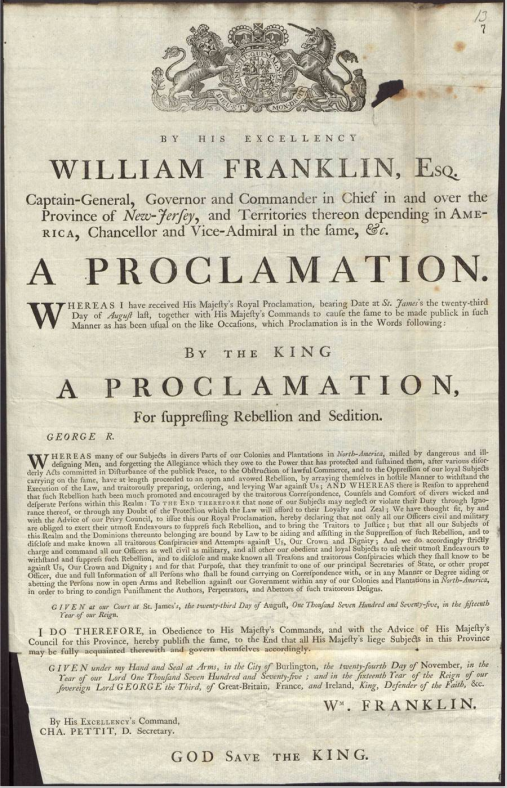
In August 1775, George III issued the Proclamation for Suppressing Rebellion and Sedition, declaring the American colonies to be in a state of ‘open and avowed rebellion’. Part of the proclamation urged loyal subjects in America to ‘disclose and make known all treasons and traitorous conspiracies’. A definite statement by the King of Great Britain that the American rebels had committed treason against their king.
But the American people didn’t see it that way. To them, it was King George that had levied war against his subjects in the American colonies. Their declaration of independence, signed on 4 July 1776, formally denounced the authority of the British monarch in the American colonies, in response to George III’s treasonous and tyrannical actions.
The US Declaration of Independence
Much of the US Declaration of Independence is a list of complaints about King George’s abuses. As with the sentencing of Charles I a century earlier, it was designed to demonstrate how the king was unfit to rule:
The history of the present King of Great Britain is a history of repeated injuries and usurpations, all having in direct object the establishment of an absolute Tyranny over these States. To prove this, let Facts be submitted to a candid world.The US Declaration of Independence, 1776.
Specific abuses echoed the charges laid against Charles I in 1649. In the declaration, King George was denounced as having ‘plundered our seas, ravaged our Coasts, burnt our towns, and destroyed the lives of our people’; Charles I had been found ‘guilty of High Treason and of the murders, rapines, burnings, spoils, defilations, damages, and mischiefs to this nation’.
The American people thus used George III’s alleged abuses to declare themselves free from the ‘tyranny’ of Great Britain, free ‘to levy War, conclude Peace, contract Alliances, establish Commerce, and to do all other Acts and Things which Independent States may of right do’.
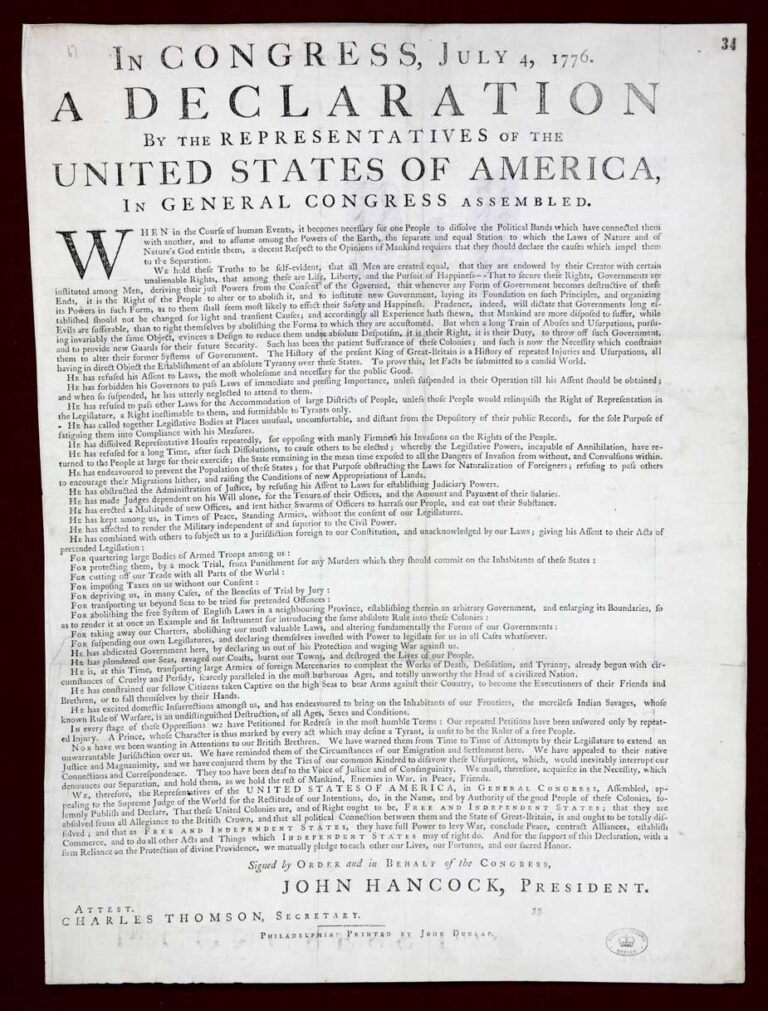
Treason against the United States
Like the Commons of the 1640s before them, the newly independent United States of America utilised the language of treason to condemn their king for his crimes against the state. Similarly, following their separation from King George III, treason laws now protected the republican state. The treason clause of the US Constitution, created in September 1787, is the only criminal law in the US founding document. As with the treason laws of the English Commonwealth in the 1650s, treason in the US Constitution drew on the 1352 Treason Act for inspiration, declaring that ‘Treason against the United States, shall consist only in levying War against them, or in adhering to their Enemies, giving them Aid and Comfort’.
However, unlike in England, kings were never invited back to rule America, meaning that their acts of treason – of levying war against their king – are instead remembered as positive acts of revolution and liberation, whereas the actions of George III are remembered as traitorous to the American people. Those that executed Charles I, on the other hand, have gone down in history as regicides. Just as history is written by the victors, so too is treason a matter of perspective.
This article was originally published in The National Archives.
Podcasts about treason during the American War of Independence:
Articles you may also like:

The Strangest Battle of World War II? Uncovering the Battle of Castle Itter
Reading time: 6 minutes
In the waning hours of the war, exactly five days after Hitler shot himself in his bunker, a bizarre battle would commence in a small Austrian town, just south of the German border.
Seven hundred years after its construction in the 1200s, Castle Itter would host a battle between the Waffen-SS (the Nazi party’s specialist paramilitary) and a combined force of defecting German Wehrmacht troops, American soldiers, Austrian resistance fighters, and various French political prisoners.

Remembering the Battle of Crete – 2025 Commemorations
This year is the 84th Anniversary of the Battle of Crete. The fighting around Rethymno will be commemorated in a series of events, listed below. 22nd May 2025 18:00 Memorial Service & reception at Armeni in the memory of the Greek Police General Stylianos Menioudakis (Armeni village, Municipality of Rethymno). 19:30 Memorial Service at the […]

A World War II battle holds key lessons for modern warfare
Reading time: 6 minutes
Between Aug. 7, 1942, and Feb. 9, 1943, U.S. forces sought to capture – and then defend – the Pacific island of Guadalcanal from the Japanese military. What started as an amphibious landing quickly turned into a series of massive air and naval battles. The campaign marked a major turning point in the Pacific theater of World War II. It also revealed important lessons about the nature of warfare itself – ones that are particularly relevant when planning for conflict in the 21st century.
This article was first published by The National Archives. It is reproduced in accordance with the Open Government Licence v3.0.

